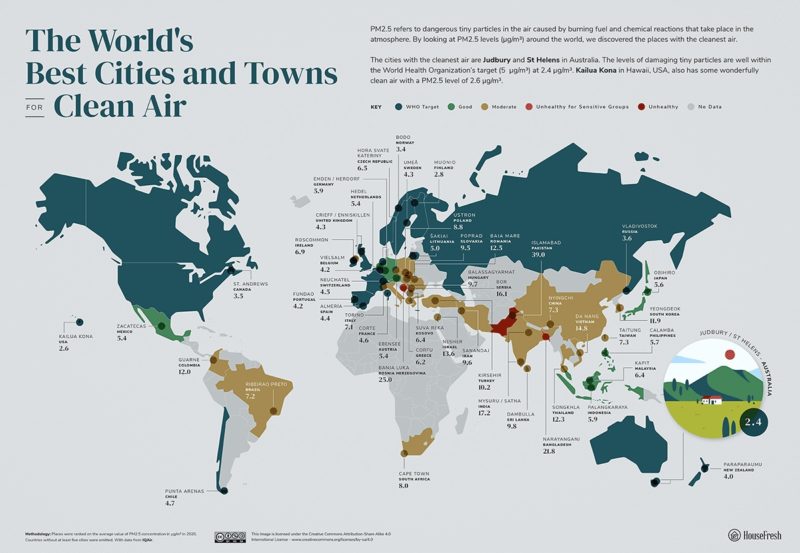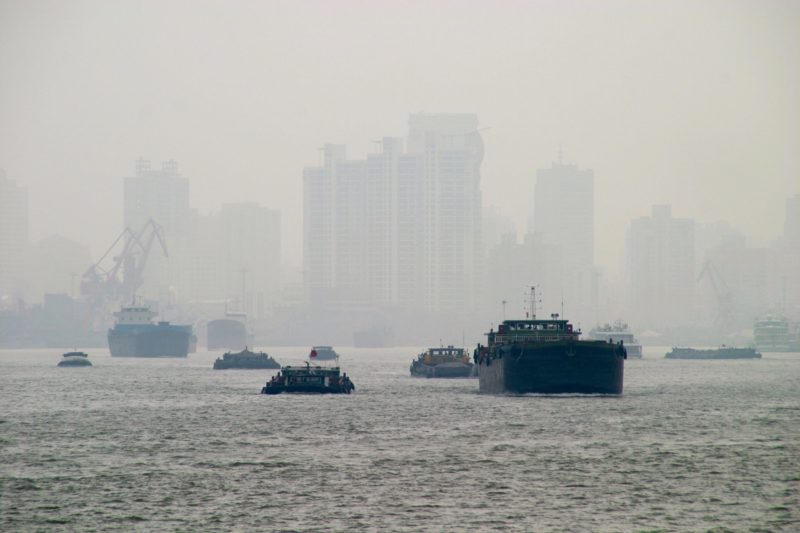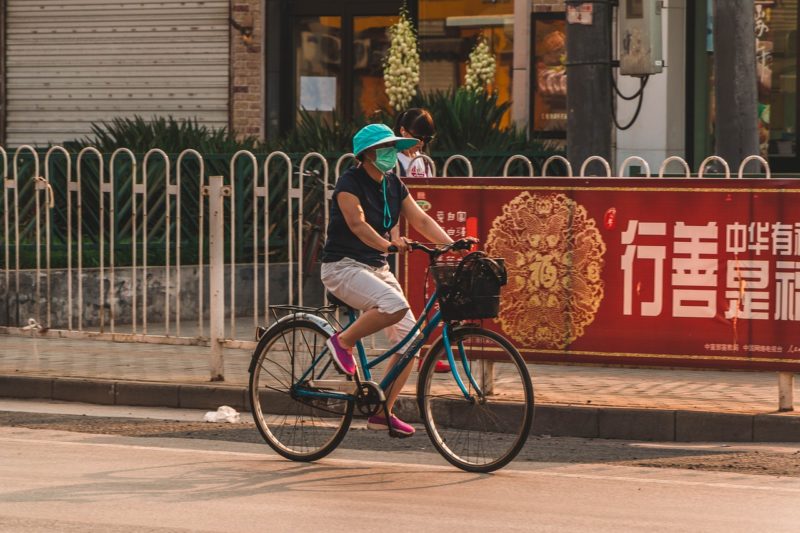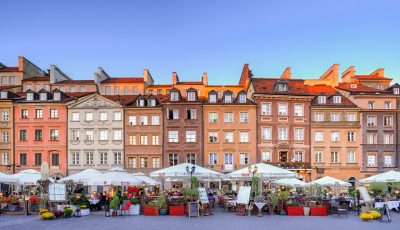The Towns and Cities with the Best and Worst Air Quality
Clean air matters. Studies have shown that pregnant women exposed to high levels of air pollution are more likely to give birth to children with autism, attention deficit disorder, and low birth weight. High levels of air pollution can also significantly impact the lung health of adults and may even reduce their life expectancy by up to 5 years.
So given the importance of clean air, the researchers from HouseFresh decided to take a look at the cities with the best and worst air quality. And using a modified version of IQAir’s PM2.5 pollution particle categorization model, they put together the following maps showing which places have the cleanest air and which ones could be doing better.
The freshest air on earth
For the freshest air in the world, you’ll need to go all the way down-under to a tiny Australian town called Judbury. Located in the South-east region of Tasmania, this rural residential locality has a population of 326 people and a PM2.5 concentration of just 2.4µg/m3.

Kailua Kona is another small town famous for its fresh sea air. The popular tourist spot rests on the west coast of Hawaii Island and has a PM2.5 of 2.6µg/m3. That impressive score means Kailua Kona takes second place in the clean air city charts.

The third spot belongs to Muonio, a quaint Finnish country town that sits above the Arctic Circle. It’s a place where summers are cool and winters long, cold, and snowy. But whatever the season, Muonio’s 2,000 or so residents can always enjoy a lungful of the region’s bracing fresh air. Muonio’s PM2.5 is a very clean 2.8µg/m3.
The world’s most polluted cities
49 of the 50 most polluted cities in the world are in Bangladesh, Pakistan, China, and India. Ghaziabad in India and Manikganj in Bangladesh are two of the biggest polluters of all.

Manikganj is a thriving metropolis in one of the fastest developing regions in the world. This is creating thousands of economic opportunities every year. But, unfortunately, much of this growth is driven by industries heavily reliant on fossil fuels. Add in a rapidly growing population and an increasing number of petrol-powered vehicles, and you’ve got the perfect recipe for poor air quality. And the numbers don’t lie. Manikganj has a PM2.5 of 80.2µg/m3

Ghaziabad’s lung choking PM2.5 of 106.6µg/m3 is largely due to the city’s heavily congested roads. Residents often wear masks to avoid breathing in the thick smog, and health experts recently advised people against exercising outdoors.
The world’s worst air
But the air in either city is not as bad as what you’d breathe in if you visited Hotan in the Chinese province of Xinjiang. With 110.2µg/m3, Hotan has the ‘dirtiest’ air on earth. But this has nothing to do with the fossil fuel mania going on across the rest of China. Hotan’s air quality is heavily affected by raging sandstorms sweeping in from the surrounding deserts.

The World Health Organisation states that “clean air should be a fundamental human right.” It’s an idea everyone can get on board with. But the time for talking is over. Instead, it’s time to start building a greener world where everyone can breathe safely.









